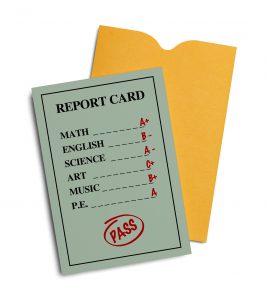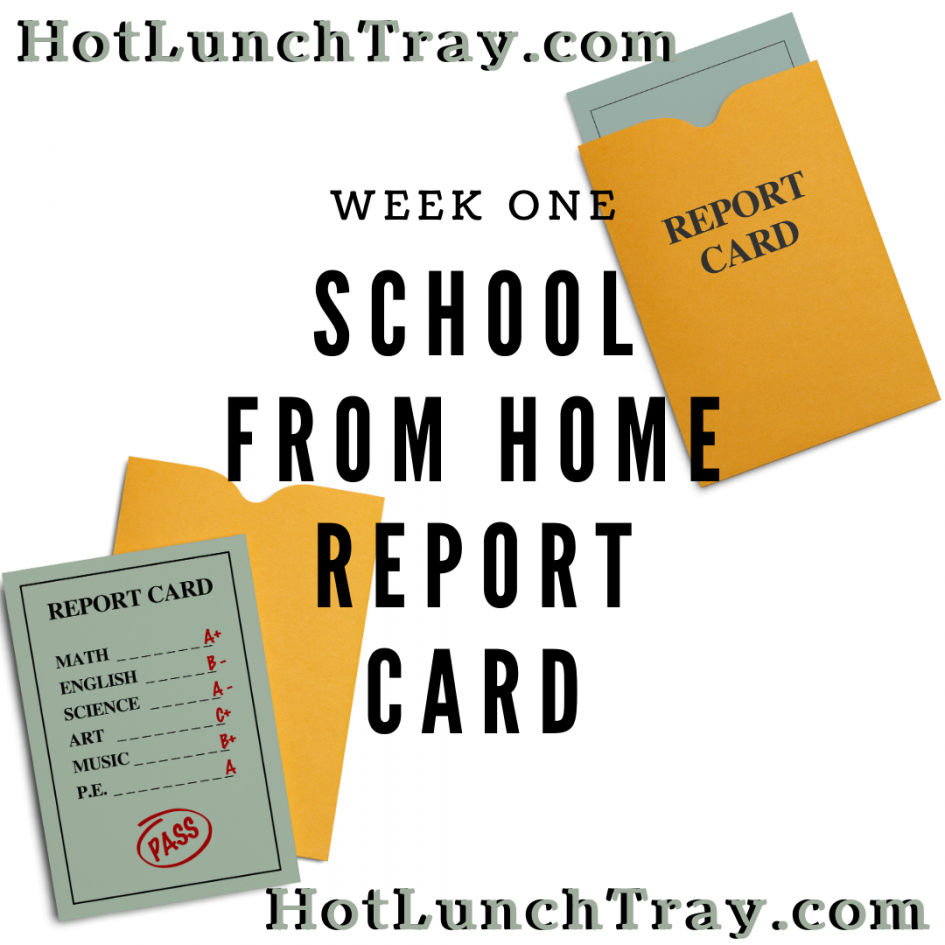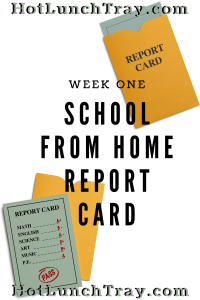It is report card time and the school is sending my son’s report card through the mail, the U.S. Postal Service. That is where K-12 education has ended this week, reduced to sheltering in place in our homes and the school reaching us however it can.
Luckily many schools have devices to send home with students, many homes have the Internet bandwidth to allow parents and students to be online at the same time, and the education world has shot right past every teacher trying Blended Learning and landed at every teacher trying online learning.
I did not see that coming. But I am so excited to be working in a district supporting it wholeheartedly and with teachers willing to try! The K-12 education system did awesome things this week. It is incredible to think of all the traditional teachers who rolled instruction online this week.
It is not perfect. We still have offline issues that translate to online issues. I feel like at the one week mark I can provide feedback on what we did well and what we can do better online. Are you ready for the Week One Report Card?

Communication C
My students always said I was a tough grader, but hear me out.
Communication is always crucial. How much communication we did in-person is astounding. I had to show my middle-schooler how to use his agenda with online courses – that is fascinating. Did he not think he still had to do the work or that the work was already written in a course, so he didn’t have to keep track of it for himself? Those are the types of translations teachers can offer students as soon as they settle into this themselves.
The easiest upgrade is actually less communication this coming week, by that, I mean consolidated communication. Maybe even in middle school, the teachers coordinate to provide ONE newsletter of the week’s events? Possibly Remind messages do not need to come from every teacher but as a grade level? I teachers have courses/sections established they can individually communicate with students via their course. If there is too much communication, there is actually less communication because students and families have a difficult time remembering or finding those communications when they are needed.
Course Structures B
Some teachers found out this week that it was not helpful to have one course for all teachers and all students in one grade. Now that we have that out of the way I hope to see them roll back to one class/section per period or student group. My recommendation: 6-12 one class/section per teacher and K-5 one class/section per class group. These recommendations are not to make more work on the teachers, but always at the convenience of students and families.
Do not create a new course just for this pandemic. If some teachers already have established courses, celebrate and build on that success and knowledge existing in your student body. Add additional support to getting those not online yet online very quickly with minimal effort. Do not invalidate those who were already prepared by making a grade-level course and put the experienced in with the inexperienced teachers. That will confuse students who already are accustomed to the existing courses and blunt the effectiveness of other teachers in their existing, unique courses.
And here is my most unpopular comment on this report card, do not add Google classroom assignments within another Learning Management System (LMS). Most K-12 LMS offer student observer features – which DO NOT work if you are sending your students into Google Classroom. When the parent cannot “see” in their account only two things will happen: the parent will make the students log in for them or the parent stop s helping and hope the students can do the work. If we can be honest this goes back to the first rule, the convenience of the student/family over convenience for the teachers.
 Synchronous versus Asynchronous N/A
Synchronous versus Asynchronous N/A
I am not grading this yet. But I will next week.
It was interesting many teachers wanted to 1:1 how much they talked face-to-face with how much they talked online. The synchronous instruction was enough to crash Microsoft Teams, Zoom, and Big Blue Button during the first week for brief periods. I predict teachers will reassess how much and how synchronous they need to be.
This is a developmental step that Blended Learning teachers have already taken; Blended Learning teachers knew something traditional teachers did not know – what their non-negotiables were in advance of this crisis. I believe this week many teachers discovered what their non-negotiables were and will incorporate that into either videos or synchronous sessions for the coming week(s).
Considering the multiple students, parents, and many teachers at home trying to juggle many students/classes. Asynchronous videos could replace some of the synchronous events I witnessed this week. Many students cherish the time spent with peers live, but reducing those may bring more flexibility in work time to everyone. I thought the end-of-week wrap up my sixth grader’s principal did with his grade level was an awesome idea; she took concerns and addressed them and everyone was able to “see” each other.
Next week I am looking for more meaningful synchronous/live videos and more procedural/minilessons in asynchronous form embedded within online courses.







2020-03-25 at 11:26 am
Teachers have been amazing quickly adapting and sharing helpful links and tools to homeschool. Thank you! Thank you to all the teachers!